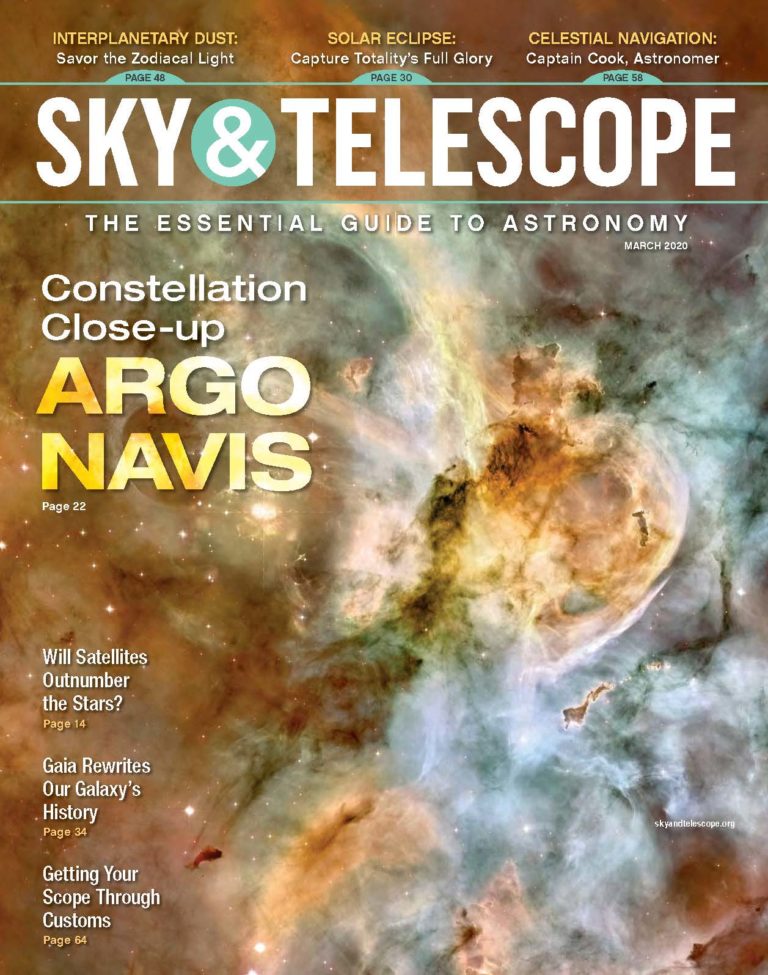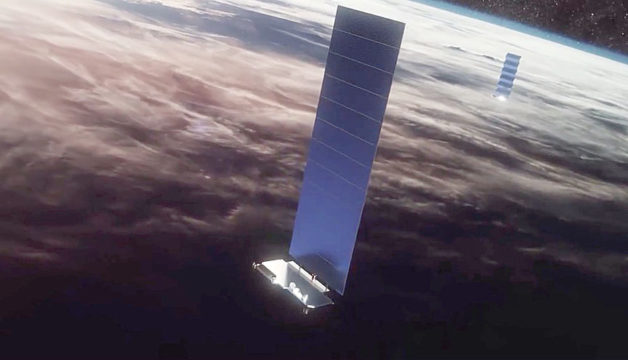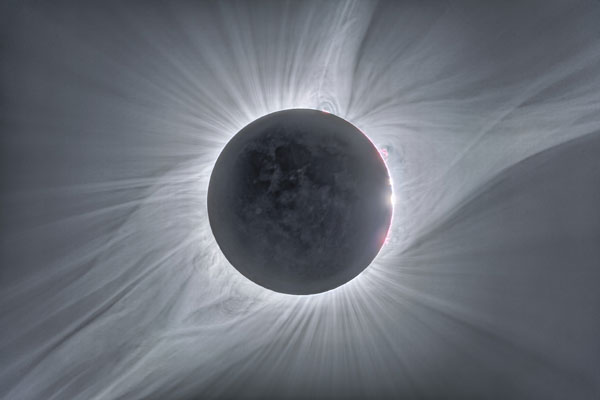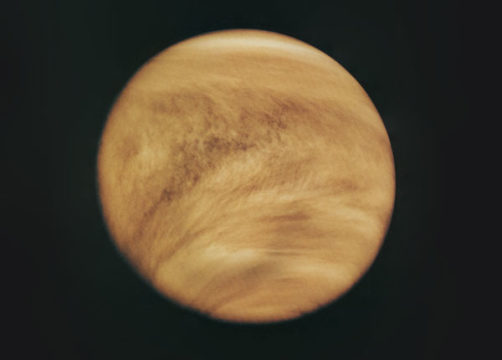SUBSCRIBE PRINT | SUBSCRIBE DIGITAL

Starlinks May Outnumber the Stars, Our Galaxy's Tumultuous Past, and a History of Explorer and Astronomer Captain Cook
In March’s issue of Sky & Telescope, News Editor Monica Young covers the controversy and the facts on planned megaconstellations, which will put tens of thousands of satellites into the low-Earth orbit. The effects on rural stargazers and research astronomy could be profound. Step from controversy to history with S&T's Tony Flanders' take on the Argo Navis constellation. Only pieces of it survive today, but they're worth exploring. Another explorer, Captain James Cook, used astronomy to navigate our planet. Ted Rafferty details how astronomy was integral to Cook’s career. But while Cook freely traveled the world with his equipment, today we have to deal with a lot of red tape. Before you plan your next trip through customs, read Dave Dickinson’s guide to making sure your scope makes it past the boarder. Speaking of travel, if you’re planning to jump aboard an upcoming eclipse tour and want to document your unbelievable experience with totality, read Sean Walker’s guide to capturing stunning solar coronas in HDR.
Feature Articles

SpaceX
The New Space Race
Throngs of satellites being launched into low-Earth orbit could affect everyone from backyard stargazers to professional astronomers.
By Monica Young
Constellation Close-up: Argo Navis
This ancient formation survives only in fragmentary form.
By Tony Flanders
Torrents of the Milky Way
Gaia spacecraft data are unveiling the Milky Way’s tumultuous past.
By Shannon Hall
Captain Cook’s Astronomy
The celebrated explorer was also a remarkably proficient and prolific astronomer.
By Ted Rafferty
Getting Your Scope Through Customs
Plan a successful observing or astrophotography trip to a far-flung corner of the world.
By David Dickinson
Beyond the Printed Page

ESO / P. Horálek / Solar Wind Sherpas project
Automated Eclipse Technology
Check out the latest technology in eclipse astrophotography.
What Countries Allow Through Customs (or not)
Make sure to look at the TSA’s list of what you’re allowed to import and export for each country before you plan your next observing or astrophotography trip.
Astronomy Clubs at Home and Abroad
See our list of astronomy clubs from around the world.
Here’s Where to Store Your Spectral Data
A new database from the American Association of Variable Star Observers enables astronomers to store spectra of any variable object in the sky.
ALSO IN THIS ISSUE

NASA
Memories and Inspiration
An awesome spring 50 years ago sparks new observing plans.
By Fred Schaaf
Starts with Z
Find a dark spot away from city lights and look toward the western horizon after sunset to see a pillar of ethereal light.
By Bob King
Lampland’s Hot Glimpse of Venus
Early infrared measurements hinted at the planet’s hellish surface conditions.
By William Sheehan
The Twins of Jove
Westernmost Gemini harbors a great variety of nebulae and clusters.
By Sue French
Table of Contents
See what else March's issue has to offer.
 0
0

Comments
You must be logged in to post a comment.